How can circular solutions be implemented to mitigate climate change and halt biodiversity loss? What are the most exciting solutions already making more out of what we have? How can international trade be a key enabler for the circular economy?
These were among the questions discussed at the World Circular Economy Forum 2022. The forum, which is an initiative of Finland and the Finnish Innovation Fund Sitra, was hosted in the Global South for the first time.
“Africa can lead the world towards a more resilient economy through new forms of collaboration,” said Jyrki Katainen, president of Finnish Innovation Fund Sitra.
“The world can learn a lot from Africa, and African youth can drive the change, capturing the circular business opportunities. But we need to create an environment that allows them to do so.”
Africa can lead the world towards a more resilient economy through new forms of collaboration.
Young African entrepreneurs show their innovations
During the opening session, we learned young African entrepreneurs are ready to share information and work together. We need all hands on deck because the transition to a circular economy cannot be done by one person or company.
Four young African entrepreneurs presented their circular solutions. Biobuu uses maggots to recycle organic waste into animal feed. Hustlenomics provides sustainable housing in South African townships. Rewoven collects, manages and sorts textile waste to be sold to processors. Tekeya has created an app to make sure surplus food is either sold at discount to consumers or donated to charities.
The entrepreneurs are fuelled by purpose, passion and personal experiences. They explained they began their circular businesses because they believed fervently in a cause which was often anchored in their personal experience of a need, which in turn fed their desire to find a solution.
The entrepreneurs are fuelled by purpose, passion and personal experiences.
Based on the work of Footprints Africa, Sitra has compiled a list of 12 inspiring circular economy solutions. These examples show the circular economy is not just about making money but also about making a positive impact.
An action plan for sustainable production and consumption
On the same day, Rwanda published their first circular economy action plan and a road map.
The vision of the action plan is that by 2035 the economy of Rwanda will have placed circularity at the core of their economy, ensuring the retention of resources, eliminating waste and pollution while regenerating natural systems.
“Investing in the circular economy is an investment in climate action, biodiversity protection, supply chain security, innovation as well as job creation and skills development,” said Jeanne d’Arc Mujawamariya, Rwanda’s minister of Environment.
Investing in the circular economy is an investment in climate action, biodiversity protection, supply chain security, innovation as well as job creation and skills development.
Road maps are important tools that can help create a shared mindset about a path towards a sustainable future, provide a way to engage key stakeholders and build a path from plans to action, with clear ownership.
Africa’s circular economy opportunities
The circular economy can halt biodiversity loss and mitigate climate change
Wanjira Mathai, managing director for Africa and global partnerships of the World Resources Institute, opened the second session about climate and nature by asking the audience about their perspectives on the COP27 outcomes, with 65% identifying as very or somewhat unsatisfied.
“These are the last six years for this critical decade of action,” she said.
Mathai stressed the importance of the food sector: it causes 30% of greenhouse gas emissions and is also a key to solving the challenges of poverty and inequality. Moreover, the circular economy is a key tool for halting biodiversity loss.
According to a recent study by Sitra, circular interventions in the food and agriculture, construction, textiles and forest sectors can halt biodiversity loss and help the world’s biodiversity recover to the same levels as in the year 2000 by 2035.
When discussing COP27 and climate change mitigation, Mathai stressed that African leadership should be applauded.
African countries are spending 5% of GDP on adaption already, while losing 15% of GDP due to climate change, Mathai pointed out.
The circular economy can halt biodiversity loss and mitigate climate change
Don’t give up on 1.5 degrees
Also reflecting on the outcomes of COP27, Davinah Milenge, principal programme coordinator at the African Development Bank, highlighted the importance of Nationally Determined Contributions (NDCs) not becoming additional policy targets that replicate existing work, but rather help integrate the circular economy in existing areas to ensure more effective policy outcomes.
“NDCs mostly came from ministries of environment. It was a lost opportunity in trying to ground innovations that would create scale and speed in national budgets. Greening our economies is critical, and our NDCs are not supposed to be a separate document,” she said.
“I think we saw the leadership of the continent and with Egypt launching the Global Initiative on Waste, 50 by 2050. I think this is key for the circular economy,” said Adriana Zacarias Farah, head of Go4SDGs, deputy head 10YFP secretariat, UNEP.
“We need a wide system transformation. If we really mainstream the circular economy together with renewable energy and energy efficiency, we can reach the goal of 1.5 degrees. If we focus on five key sectors we can reduce the carbon footprint by 60% and the nature footprint by 80%,” Farah continued.
We need a wide system transformation. If we really mainstream the circular economy together with renewable energy and energy efficiency, we can reach the goal of 1.5 degrees.
Circularity calls for an updated trade regime
International trade and the circular economy are symbiotic. Therefore, the third session was about circular trade and value chains.
“Global trade will shape the circular transition and the global circular economy will alter global trade patterns,” said Stephan Sicars, director of the Department of Environment at the United Nations Industrial Development Organization.
Global trade will shape the circular transition and the global circular economy will alter global trade patterns.
Global trade powers our societies and economies. A profound transformation of the economy can only be done if it’s supported and enabled by international trade, and this can’t happen unless the international trade regime supports the transition.
“The WTO can provide a framework for the circular economy to happen. But we must also change the way we operate in the global trade system,” said Aik Hoe Lim, director of the trade and environment division at the World Trade Organization.
Trade is just a tool; neither good nor bad. It can help improve circularity or it can cause much damage to the environment.
Circular cities shaping the future
The final session highlighted the role of circular infrastructure, food, water and waste management in the built environment.
“Circularity is not a new concept, generations have known how to live within the limitations of our planet,” said Vivianne Heijnen, minister for the environment of the Netherlands.
Large organisations can lead the way back to our circular roots. The size of their purchases means they can help set de facto standards.
Large organisations can lead the way back to our circular roots.
“The government is often one of the country’s biggest customers, and we want to set the circular economy example through our purchasing and procurement loops,” Heijnen explains.
The future is increasingly urban and we need to look at cities in a new way, such as buildings as material banks and cities as carbon sinks. But creating a circular built environment calls for co-operation and partnerships.
“Building multi-stakeholder partnerships is about understanding and learning from each other. We need to come to the table with an open, empathetic mind, and let go of the competitive side when we are figuring out how to work together,” said Kristin Hughes, director of resource circularity at World Economic Forum.
African studios share African voices
In addition to the main event in Kigali, five African Studios, organised by the African Circular Economy Network (ACEN), live-broadcast the main event in five cities across Africa.
The studios facilitated work on circularity, while offering participants the opportunity to exhibit their solutions and take tours to local circular economy facilities.
The studios were organised at Cape Town (South Africa), Kigali (Rwanda), Lagos (Nigeria), Lusaka (Zambia) and Yaoundé (Cameroon).
The World Circular Economy Forum continues on 7 and 8 December, when multiple Accelerator sessions dive into the challenges and opportunities of the circular economy in different sectors and countries.
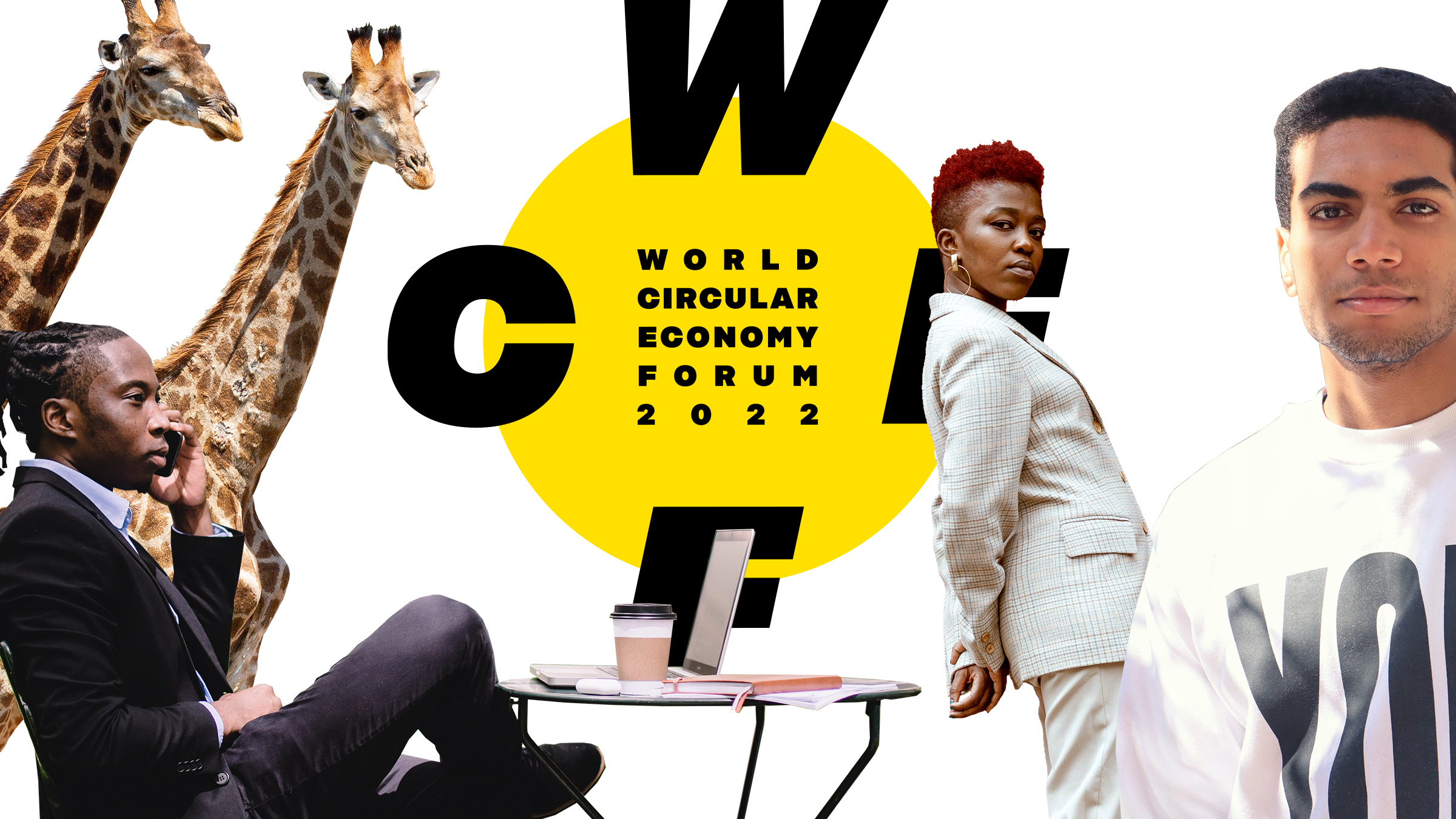
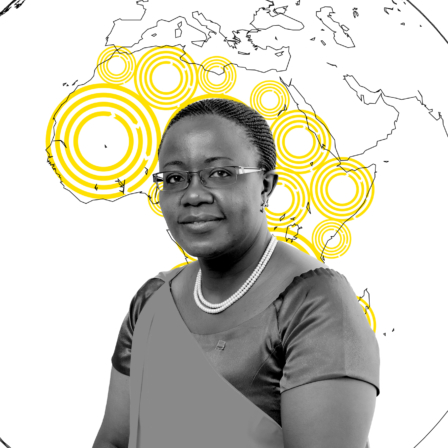
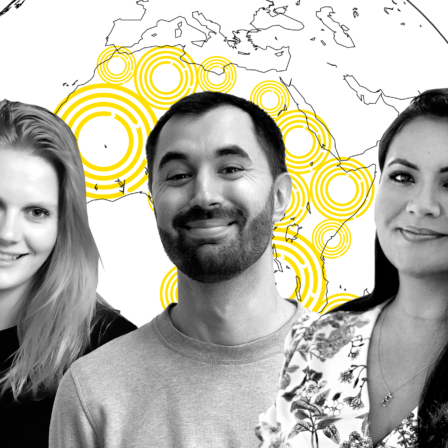
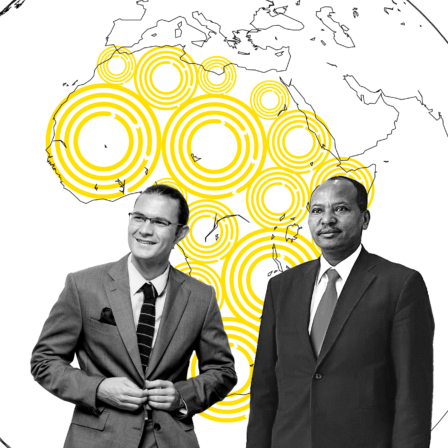
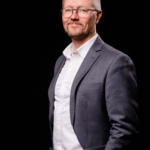







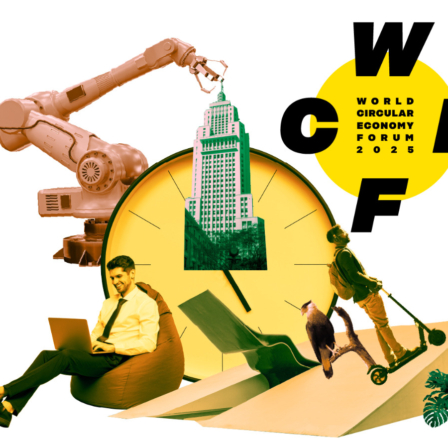







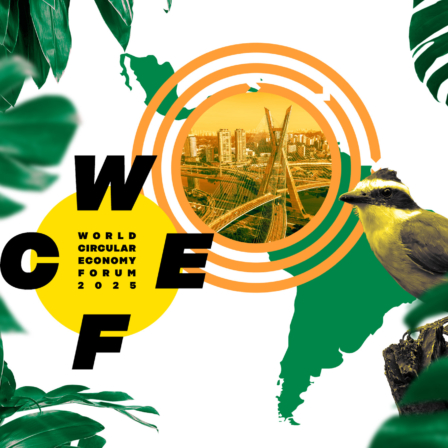

Recommended
Have some more.